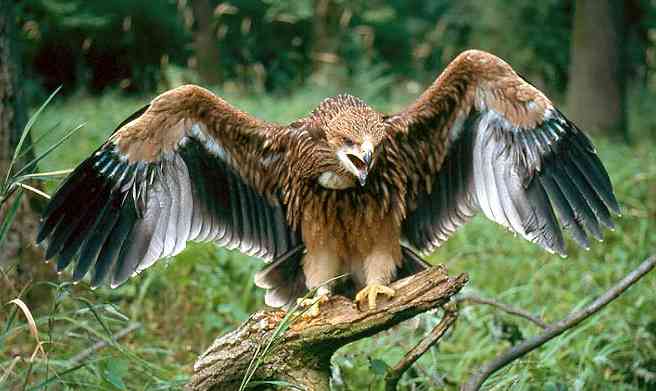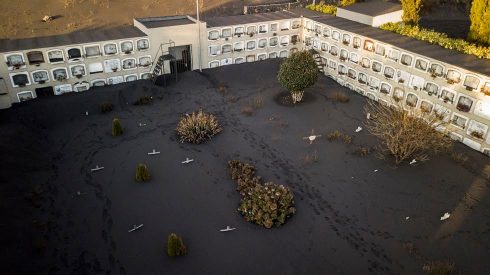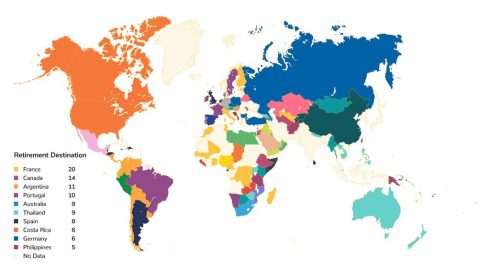THE Spanish Imperial Eagle, also known as the Iberian imperial eagle, Spanish eagle, or Adalbert’s eagle, was close to global extinction in the 1960s and is still considered one of the most endangered birds of prey on the planet.
Following conservation efforts, recovery began in the 1980s and the global population of the species now exceeds 600.
This boom is mainly due to the actions being carried out by public administrations in collaboration with conservation organisations and private landowners, with Andalucia considered a ‘fundamental’ Spanish territory for the recovery of the species.
Currently, 129 pairs of Iberian imperial eagles live in Spain’s southernmost region, organised in four population centres located in Sierra Morena, Doñana, Cadiz and, more recently, in the Betic Mountains of Granada and Jaen.
According to a press release, the actions being carried out by the Regional Ministry of Agriculture, Livestock, Fisheries and Sustainable Development of the Junta, include the release of two young birds (a male and a female) born this year in the Doñana Natural Area.
The aim is to reinforce the most emblematic nucleus of this species in Spain, which currently has eight pairs of Iberian imperial eagles, with the hope that the birds, when they reach breeding age, will settle in this environment to breed.
These young eagles have been fitted with GPS transmitters that allow their movements to be monitored.
The recovery plan of the Junta also includes measures aimed at combating unnatural mortality of the Iberian imperial eagle by shooting and illegal use of traps and poison, as well as improving habitats through agreements with landowners that seek to increase populations of prey species, such as rabbits and partridges.
READ MORE:
- Spanish imperial eagle: the bird of prey that narrowly escaped extinction
- Have you spotted any of these 13 birds in Spain’s Andalucia this autumn
Click here to read more News from The Olive Press.








